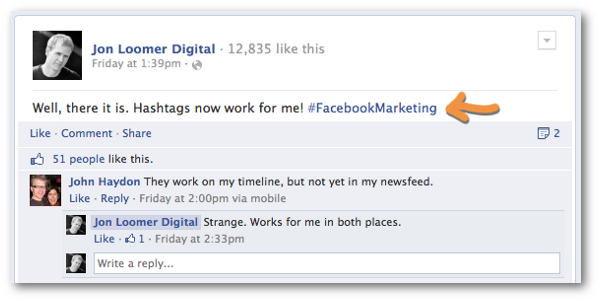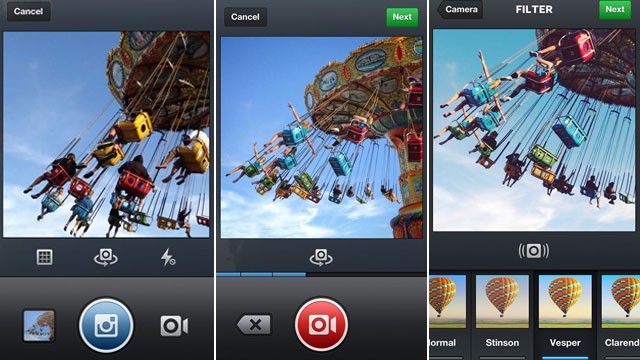The difference between a conversation that happens naturally versus one that’s forced is astounding. As a content marketer, which side are you on? Content marketing is moving away from the “fixed schedule” model into a hybrid approach that uses data to determine well-timed content delivery.
After all, content sharing and engagement are much more dynamic than they were a few years ago. LinkedIn’s Mike Weir, who is the marketing lead for the company’s technology sector, thinks real-time content publishing is one of the most important challenges facing today’s content marketer: “How do you blend what you think your audience should know with what they’re talking about today? This is a challenge that requires a structured approach. Content marketers must deliver more content that addresses the conversation happening right now.” For many of you, real-time content publishing is a challenge. It requires on-demand content producers who are ready to research and write about a topic at a moment’s notice. Plus, you have an editorial calendar packed with high-value content. How do you make sure everything works in sync? First, you need to categorize your content based on how you’re timing its delivery.
The three types of content (based on timing) Content marketing that strives to meet real-time demands requires a new approach — one that doesn’t rely solely on last-minute content creation. “Becoming more dynamic is a demanding task for content marketers,” Mike explains. “You need great coordination across marketing teams, and a solid editorial calendar. You also need to monitor the conversations that are happening, isolate the biggest trends, and turn the insights into content. There’s a lot of science involved in all of this.” More dynamic content requires a structured plan. According to Mike, a strong content marketing program has three categories of content:
1. Content you think your audience needs to understand the market and your products: Most of you already create thought leadership content. Much of it is based on what you think your audience needs to know to understand the market. Some of it is necessary to help potential customers see the value in your products. “This is the no-brainer category — content that you’ve identified as important for understanding your brand’s role in the market,” Mike explains. Universal conversations tend to play a role in the creation of this content. These are discussions that your target audience will always have, revolving around timeless yet crucial topics. Long-standing best practices, tips, and tricks usually work well in this category, as do longer-term explanations of your market.
2. Content that sits in storage, waiting for its day in the sun: A content repository is a crucial part of the marketer’s playbook. This content may be evergreen (like the first category), but would benefit from an uptick in audience interest. A simple example here might be holiday content. Retailers start pushing Christmas gift ideas around Thanksgiving, for instance. Based on past years, they can predict when their audience will start searching for gifting advice. Today, we can drill even deeper to find less-obvious timing cues. A small news development inside or outside of your industry could trigger a wider conversation about a specific topic. A small bug fix on a new tablet, for example, could have wide implications for the future of the health industry. More and more of the content in our first category can and should be shifted into your repository. That way, you can deliver that content as soon as you see a specific topic gain traction. “Content in your repository is just waiting for the right moment to strike,” Mike says. “Social listening tools are essential for understanding when that moment has come so you can deploy the content into organic conversations to maximize its social engagement.”
3. Content created in real time to address hot new topics: There’s a fine line between staying informed and getting ahead. Crossing that line has major implications for a content marketing program. Delivering content that capitalizes on buzz in real time is tough. Here’s where social listening tools become even more valuable. “Arriving late to the conversation means you’ve missed your opportunity,” Mike explains. “The right social listening tools make sure you can hear what’s happening in real time and deliver content that drives the conversation forward. As marketer’s adapt their organization structure and agency partnerships, they can apply the social listening insights to create content in shorter cycles — aka newsroom content production — so they’re filling gaps in their content repository without missing critical conversations.” Augmenting your typical content strategy with real-time understanding of trends gives content marketers a huge advantage. To join the conversation, you have to hear what your audience is saying.



Share this post









